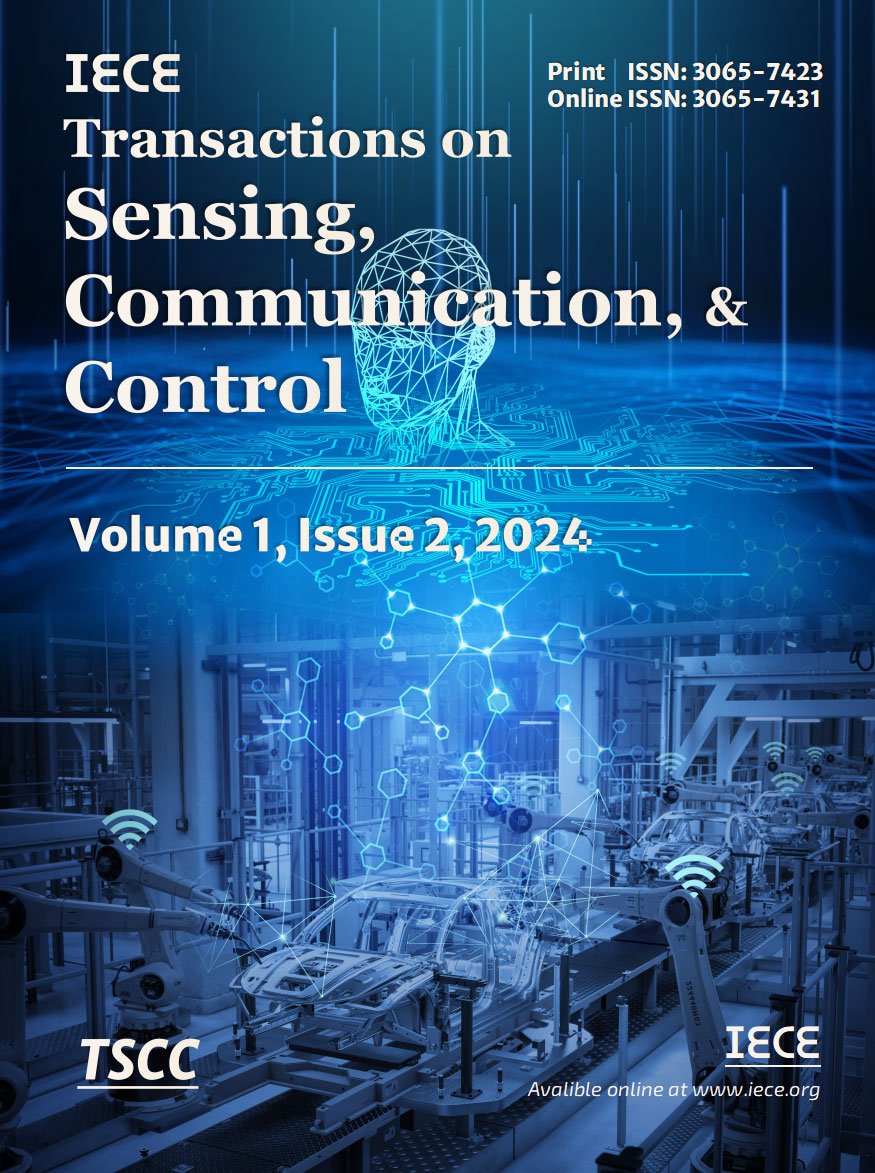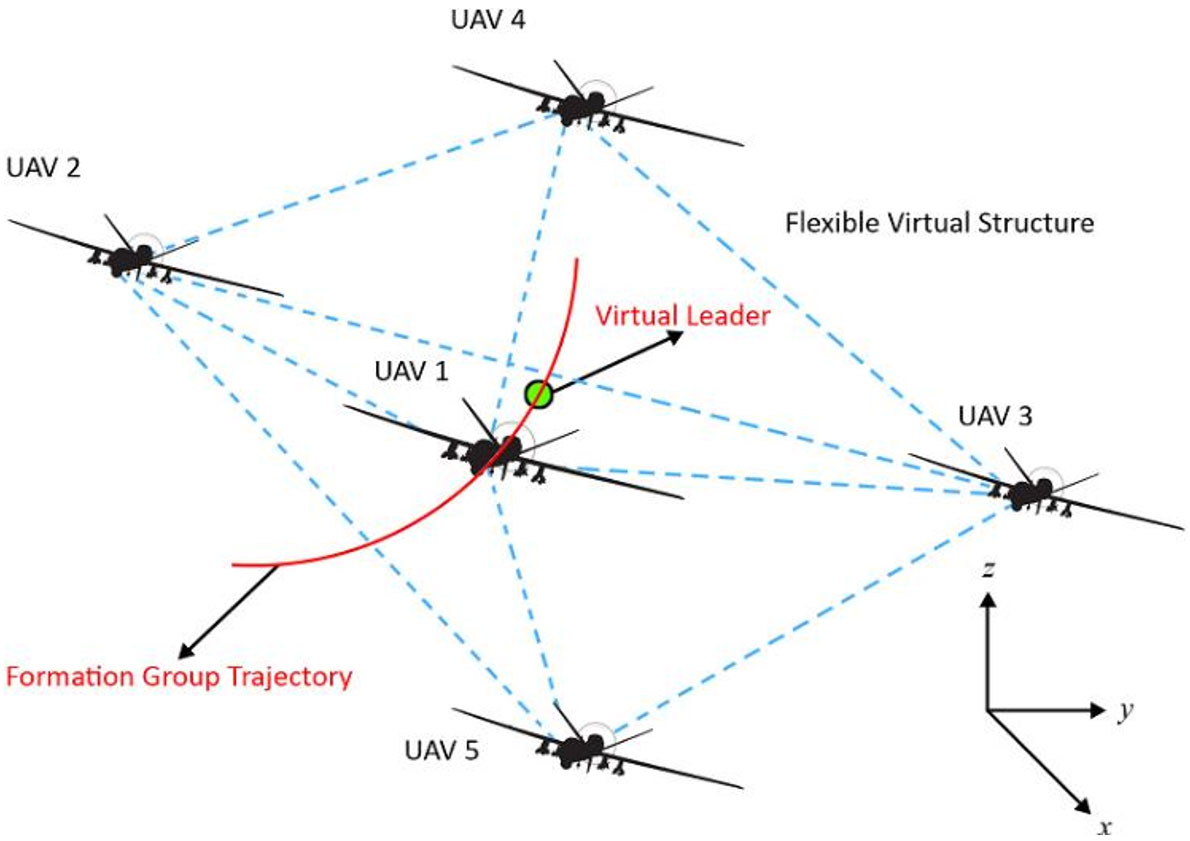Abstract
Collective motion has been a pivotal area of research, especially due to its substantial importance in Unmanned Aerial Vehicle (UAV) systems for several purposes, including path planning, formation control, and trajectory tracking. UAVs significantly enhance coordination, flexibility, and operational efficiency in practical applications such as search-and-rescue operations, environmental monitoring, and smart city construction. Notwithstanding the progress in UAV technology, significant problems persist, especially in attaining dependable and effective coordination in intricate, dynamic, and unexpected settings. This study offers a comprehensive examination of the fundamental principles, models, and tactics employed to comprehend and regulate collective motion in UAV systems. This paper methodically analyses recent breakthroughs, exposes deficiencies in existing approaches, and emphasises case studies demonstrating the practical application of collective motion. The survey examines the substantial practical effects of collective motion on improving UAV operations, emphasizing scalability, resilience, and adaptability. This review is significant for its potential to inform future research and practical applications. It seeks to provide a systematic framework for the advancement of more resilient and scalable UAV collaboration models, aiming to tackle the ongoing challenges in the domain. The insights offered are essential for academics and practitioners aiming to enhance UAV collaboration in dynamic environments, facilitating the development of more sophisticated, flexible, and mission-resilient multi-UAV systems. This study is set to significantly advance UAV technology, having extensive ramifications for several industries.
Keywords
collective motion
dynamic agent systems
formation control
path planning and swarm intelligence
Funding
This work was supported by Interdisciplinary Research Centre for Aviation and Space Exploration (IRCASE), King Fahd University of Petroleum and Minerals Kingdom of Saudi Arabia.
Cite This Article
APA Style
Abro, G. E. M., Ali, Z. A., & Masood, R. J. (2024). Synergistic UAV Motion: A Comprehensive Review on Advancing Multi-Agent Coordination. IECE Transactions on Sensing, Communication, and Control, 1(2), 72-88. https://doi.org/10.62762/TSCC.2024.211408
Publisher's Note
IECE stays neutral with regard to jurisdictional claims in published maps and institutional affiliations.
Rights and permissions
Institute of Emerging and Computer Engineers (IECE) or its licensor (e.g. a society or other partner) holds exclusive rights to this article under a publishing agreement with the author(s) or other rightsholder(s); author self-archiving of the accepted manuscript version of this article is solely governed by the terms of such publishing agreement and applicable law.


 Submit Manuscript
Edit a Special Issue
Submit Manuscript
Edit a Special Issue

